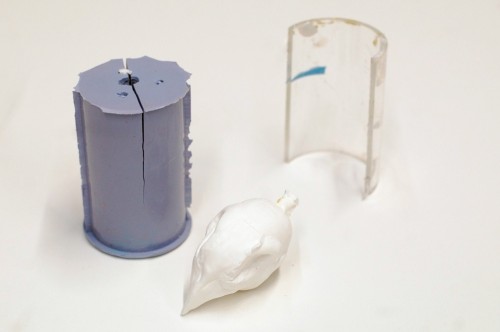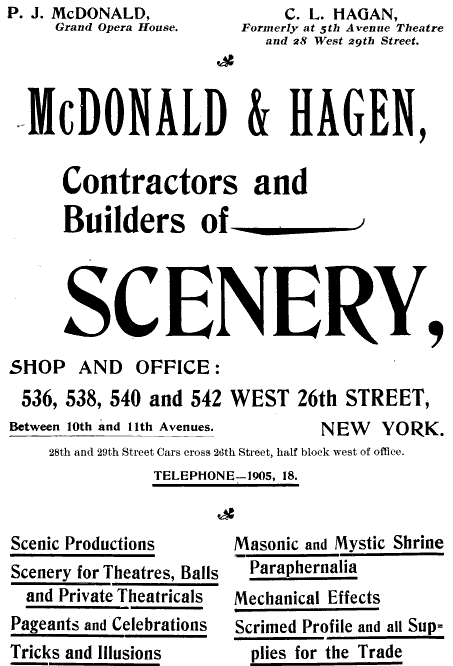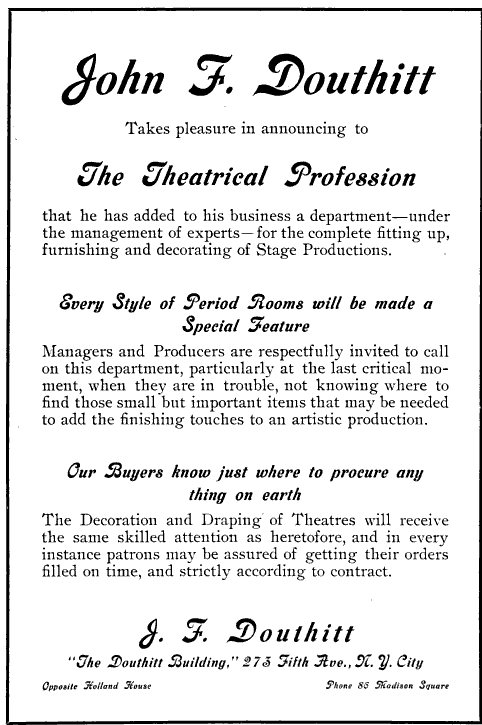I have an update to The Prop Building Guidebook: for Theatre, Film and Television I am writing, due in stores February, 2013. I submitted the first 25% of my book to Focal Press yesterday, roughly four chapters. Does that mean I am a quarter of the way done? Hardly! Besides editing, I am sure I will continue adding to and refining the chapters I’ve already submitted even as I move forward on the rest of the book.
A lot of the early work has just been organizing and outlining what I want to cover in the book and developing the table of contents. I may be posting that table in the near future as it begins to solidify. I have never liked how previous prop-making books have organized information; one book even places painting first. Painting! Who picks up a book and says, “Well, I can’t build a prop, but at least I can paint it after I finish not building it.”? I think I have figured it out though. I begin with a sort of overview of the world of props in the realm of theatre, film and television, and how the role of the prop maker has developed over the years. I look at the materials and technology of prop making and how that has evolved to what we have today. I go through some more general concepts like safety, adhesives, tools before delving into the principals of prop making, such as determining the needs, breaking it down into simpler parts, and figuring out what problems you need to solve. You may recognize this thesis from my 2009 presentation at the SETC Theatre Symposium. In the book, I expound on this process, and take it from an abstract idea to a practical method.
The bulk of the book touches on the many materials and methods used for making props. I’ve been busy taking photographs and diving into research to flesh out what I already know. Having a lot of pictures is another goal of this book. I hate books that describe something but do not illustrate what the author means, particularly when a picture can clear up so much confusion. Previous props books seem to rely heavily on illustrations rather than photographs. While this is better than nothing, it still leaves a lot to be desired. Illustrations show a simplified and idealized version of a process, rather than what you will see if you are actually trying the process out. It also calls into question the accuracy of what is being presented; can you be sure that the author knows what he or she is talking about, or is the illustration just drawn from a description he or she has heard or read from another source which may or may not be true. By taking photographs of everything I discuss in the book, I am also testing out the accuracy of my statements.
Here are just a few samples of some of the photographs I’ve made for the book:












